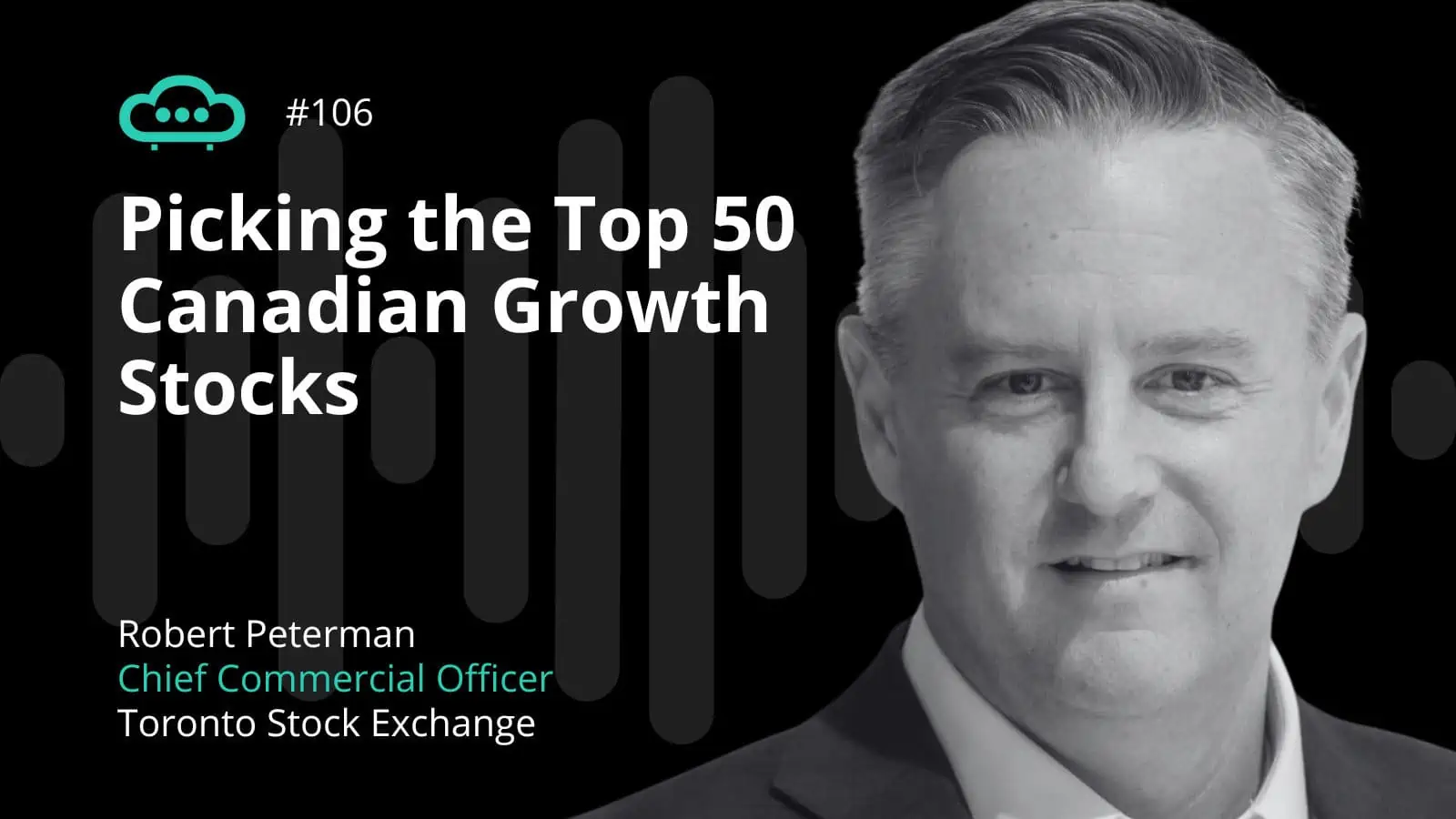Clean energy ETFs have captured a large audience of environmentally conscious investors looking to reap the benefits of investments in solar, wind, hydro and other clean energy sources. In this article, we look back at 2021, a year of contradictions for the green funds.
If you think strong inflows go hand in hand with strong market performance, then think again! After attracting over $10 billion in net inflows in 2020 and generating over +150% in weighted average returns, Clean energy ETFs failed to deliver investors stellar performance in 2021, losing over -18%, despite $8.2 billion of new capital injection from investors.
In 2020, the underlying shares of clean energy ETFs rallied tremendously after the market recovered from a pandemic-induced retreat. Clean energy companies like solar panel and wind turbine manufacturers were among firms benefiting from a surge of investors and consumers despite many being small and loss-making.
But during most of 2021 returns trailed the broader stock market after investors decided to bail out on sky-high valuations and the interest rate hike tease from the Federal Reserve, a potentially bearish trigger for growth stocks.
Late in the year, clean energy ETFs tried to stage a comeback following a global energy crisis that saw prices of natural gas, oil, and coal balloon to pricy levels.
Investors felt that the price surge would be the wake-up call that would eventually divert focus from fossil fuels to renewable energy. Another late momentum booster was the 26th annual Climate Change Summit or COP26. The 12-day global meetup included multiple vows of accelerating the green transition and pledges of increased investments in clean energy.
Most popular clean energy ETFs (by AuM)
- iShares Global Clean Energy ETF (ICLN): $2.82bn
- iShares Global Clean Energy UCITS ETF (INRG): $1.96bn
- First Trust NASDAQ Clean Edge Green Energy Index Fund (ARCX:QCLN): $1.13bn
- Invesco WilderHill Clean Energy ETF (PWYF): $351m
- ALPS Clean Energy ETF (ACES): $344m
- Invesco Solar ETF (TAN): $249m
- SPDR S&P Kensho Clean Power ETF (CNRG): $243m
- Invesco Global Clean Energy ETF (ARCW:PBD): $150m
- Global X China Clean Energy ETF: $134m
- L&G Clean Energy UCITS ETF (RENW): $134m
Data provided by TrackInsight
The U-turn wasn’t enough to recoup some of the early losses, and clean energy ETFs ended the year in red territory. Optimism reigned however, as investors surprisingly doubled down despite the double digits dip.
iShares Global Clean Energy ETF (ICLN) remains a money magnet, luring in over $2.8 billion in net inflows ($2.6 billion, 2020). However, after surging over +140% in 2020, ICLN plunged by -24% in 2021. Other ETFs in the list tagged along, including investor’s favorites iShares Global Clean Energy UCITS ETF (-24.4%), First Trust NASDAQ Clean Edge Green Energy Index Fund (-2.48%), and Invesco WilderHill Clean Energy ETF (-30%).
Only one ETF in the list swam against the current, generating over +37% of positive returns, the Global X China Clean Energy ETF (2809/9809).
Introducing the Global X China Clean Energy ETF
The Global X China Clean Energy ETF tracks the Solactive China Clean Energy Index NTR and provides access to 20 companies with high exposure to the clean energy theme in China.
Among the top names, are:
Zhejiang Jingsheng Mechanical & Electrical (10.82%): engaged in the crystal growth, the research, development, and manufacturing of intelligent equipment, as well as the production of sapphire crystal material.
Sungrow Power Supply Co Ltd. (9.70%): development and production of photovoltaic inverter technology.
China Yangtze Power Co Ltd (9.05%): principally engaged in hydroelectricity business. The company also provides technology of electrical power generation, and water and electricity engineering maintenance services.
Tianjin Zhonghuan Semiconductor (8.29%): principally engaged in the manufacture and distribution of new energy products, semiconductor materials, and semiconductor devices.
Naura Technology Group Co. (8.27%): mainly engaged in the research and development, production, sales, and technical services of electronic process equipment and electronic components.
Longi Green Energy Technology (7.35%): manufactures solar energy products such as monocrystalline silicon ingots, monocrystalline silicon wafers, semiconductor materials, solar cells, and other products.
Xinyi Solar Holdings (6.58%): manufactures renewable energy products, including various types of solar glass and other related items.
Weihai Guangwei Composites (6.20%): the company is engaged in research and development, production, and sales of carbon fiber and its composite materials.
China National Nuclear Power (6.08%): principally engaged in the development, investment, construction, operation, and management of nuclear power projects.
Hangzhou First Applied Material (5.06%): the company is principally engaged in the research, development, manufacture, and distribution of photovoltaic packaging materials.
The fund has an expense ratio of 0.68% and trades on the Hong Kong Stock Exchange. Since its inception on January 16th, 2020, Global X China Clean Energy ETF has generated over +155% in returns.
What powered the gains?
Technology giants like Tencent Holdings, Alibaba Group Holdings, and Baidu, to name a few, saw their valuations tumble after Chinese regulators clamped down on various high growth sectors and issued a flurry of fines in a series of antitrust investigations. President Xi Jinping also forced technology tycoons to join his “common prosperity” campaign, calling them to give up billions of corporate profits and share their wealth with the rest of the country. The wave of harsh measures triggered a massive sell-off in the sector — dragging down Hong Kong’s Hang Seng Tech index — which contains China’s largest tech companies by -34% in 2021.
In contrast, China’s goal to achieve carbon neutrality by 2060 and a peak in carbon emissions by 2030 has kept investors optimistic about the Chinese clean energy sector, especially in a country known to be the world’s number one polluter.
The long road ahead could equate to a higher upside and is looking clear of any government roadblocks. Investors are keeping that in mind, and the Global X China Clean Energy ETF’s strong inflows and performance are just a reflection of that.












